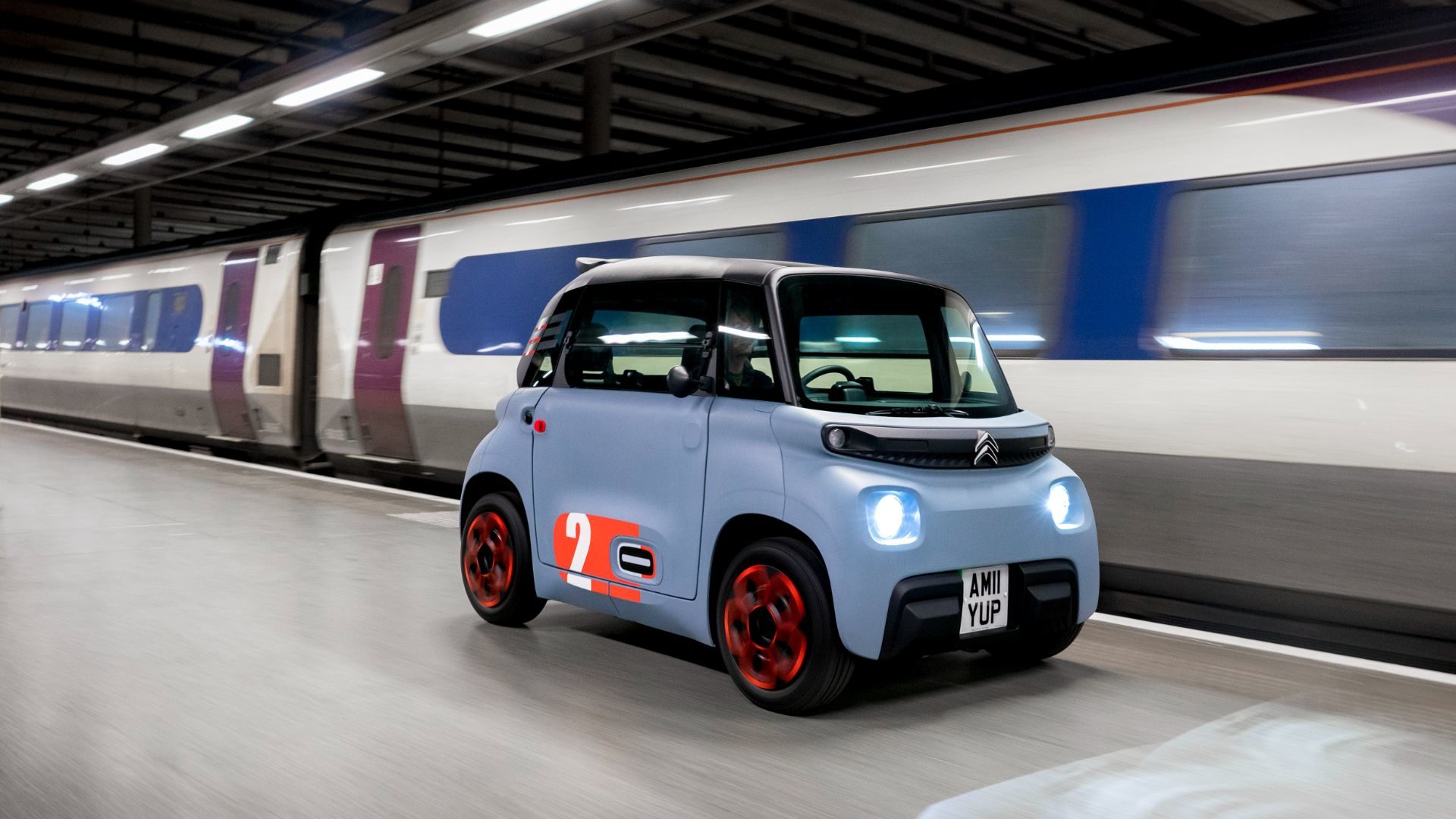
One of the ironies about the shift to electrification is that city cars – the smallest, lightest and cheapest vehicles on the road – are becoming an endangered species. Many models have been discontinued and not replaced in recent years, as the slim margins on these cars mean making an electric version simply wouldn’t be profitable.
That’s a real shame, as there is much to love about city cars. Many cost significantly less than £15,000, all are affordable to run and some offer a level of technology you’d associate with a larger and more expensive car. They’re also easy to drive and park – and several are electric, too.
We’ve pulled together a list of the best city cars to buy in 2024, with our choices presented in alphabetical order. If you’re after something bigger, check out our guide to the best superminis.
Citroen Ami
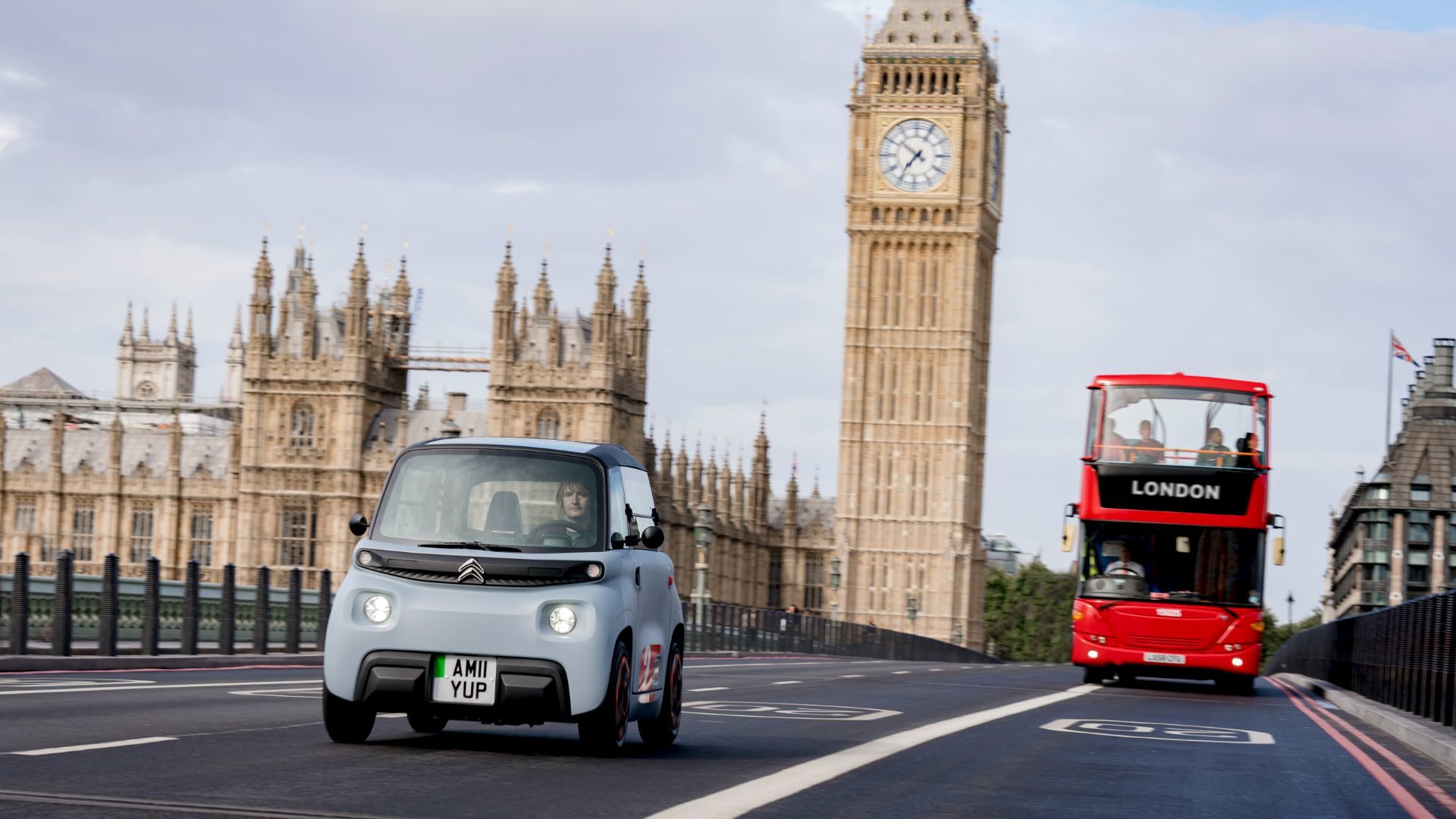
The innovative Citroen Ami is a city car in the purest sense. Indeed, with an electric range of 46 miles and a top speed of 28mph, you would be brave/foolish (delete as appropriate) to venture much beyond the suburbs.
Priced from just £7,695 – or £19.99 a month on PCP finance – the Ami is probably cheaper than taking the bus. Its interior is very basic, but you do get a heater, a cupholder and a Bluetooth speaker atop the dashboard. The future of urban transport? Time will tell.
We said ‘Like every EV, there are no gears to worry about: just press the Drive button and off you go. Visibility is very good and there’s even a glass roof to maximise the light inside. The Ami isn’t fast, but it’s quick enough for town use. And its manoeuvrability in tight spaces is unsurpassed.
‘Here, I should point out that the Citroen Ami is available only in left-hand-drive form. That’s not quite the issue you might think, because the vehicle is so compact it feels almost like you’re sitting in the centre anyway. Plus, it only has two seats. And, um, no boot. You must stuff your shopping bags into the spacious passenger footwell instead.’
Dacia Sandero
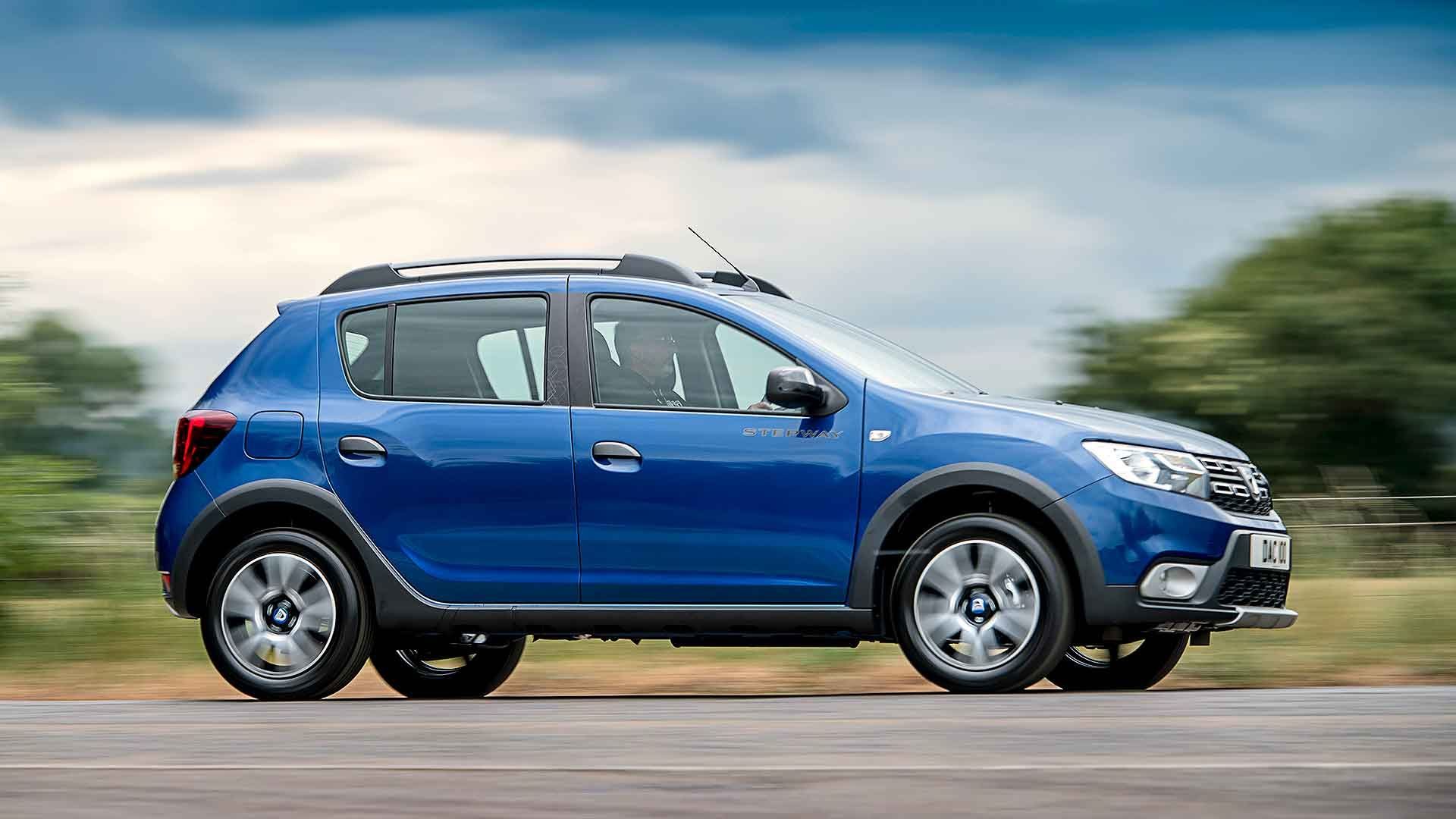
In size terms, the Dacia Sandero is closer to being a supermini than a city car. However, it’s very much priced to compete with others here. The entry-level Sandero Essential comes with a 90hp engine, LED headlights, air conditioning, electric front windows and cruise control – all for £12,595. Even the most expensive model only costs a fraction over £15,000.
You can have your Sandero in crossover-style Stepway guise, with raised suspension and rugged body styling, or opt for a bi-fuel engine. The latter can use either petrol or LPG, for sizable fuel savings. At the time of writing, LPG costs around 85p per litre (where available), compared to an average of £1.65 for unleaded petrol.
Driving the Dacia Sandero Stepway Bi-Fuel, we said: ‘Steering is a bit on the heavy side in town, but it’s positive and reassuring once up to speed. It feels natural in a way many small cars today do not. The Sandero Stepway is surprisingly comfortable at motorway speeds, with low tyre noise, excellent stability and a ‘planted’ feel you don’t always get in small budget cars.
‘The turbo engine helps here. It’s ever-responsive, with good pulling power, and takes motorway speeds in its stride. It is refined, paired with a lovely five-speed gearbox, and serves up more than enough performance even over long journeys. The three-cylinder motor revs smoothly, too.’
Read our Dacia Sandero Stepway Bi-Fuel review
Fiat 500
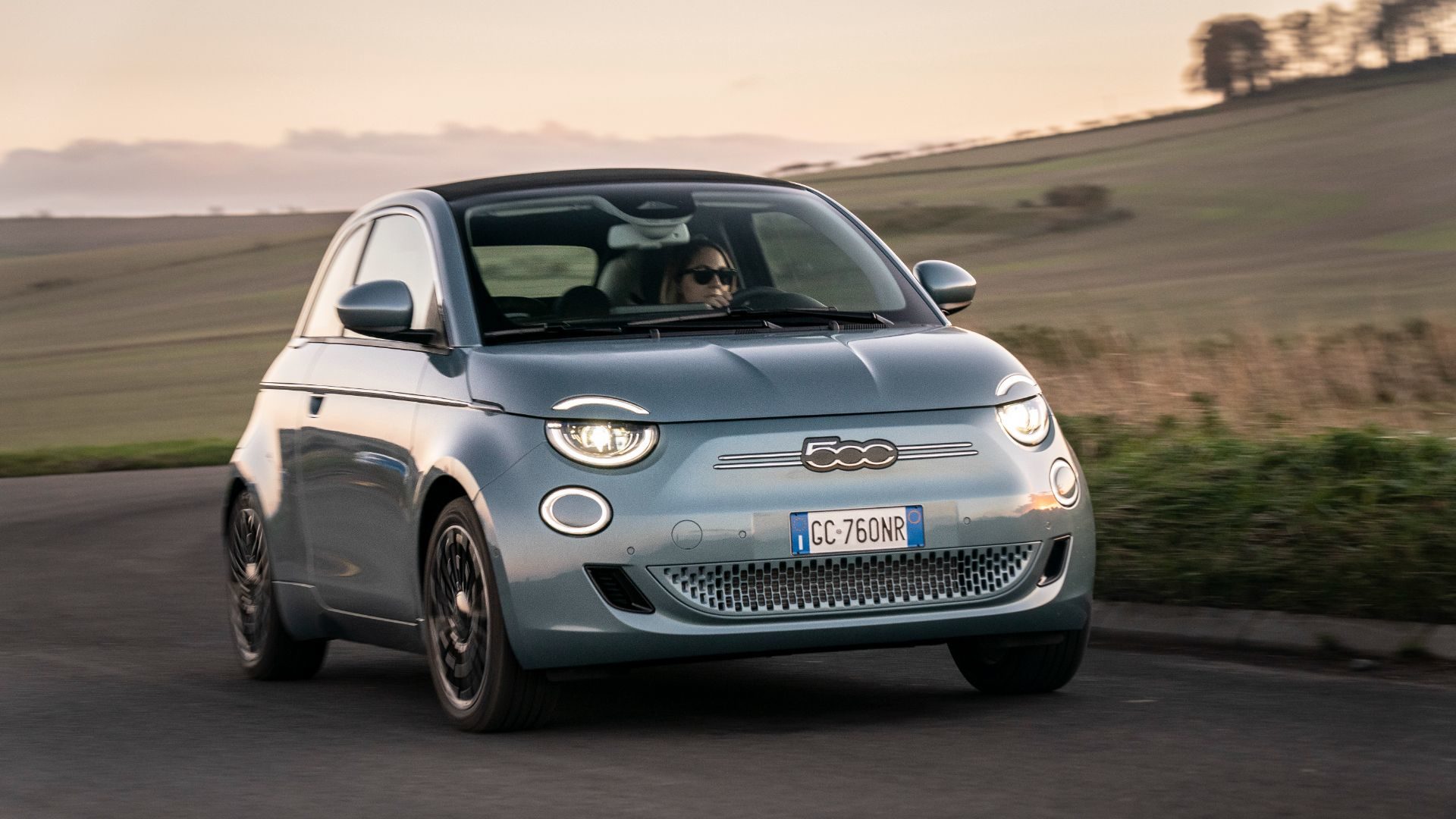
There are now two versions of the Fiat 500. The first is the traditional 500 that’s been on sale for more than a decade, albeit with a few updates over the years. It’s now sold solely with a 70hp 1.0-litre mild-hybrid petrol engine: good for 0-62mph in a leisurely 13.8 seconds.
Far more exciting is the so-called New 500 (pictured here), which features a fully electric powertrain. It’s available as a hatchback or roll-top cabriolet, with prices starting from around £24,500. The 93hp version with a 24kWh battery has an official range of 118 miles, while the 42kWh (and 118hp) model can manage 199 miles. Either way, the electric 500 is stylish, refined and enjoyable to drive around town.
Driving the electric New 500, we said: ‘In its segment, where it’s up against boutique small EVs like the Mini Electric and Honda e, the Fiat 500 stands up very well indeed.
‘Its blend of style, quality, comfort, range and price are spot-on – better, in fact, than the dated petrol model. Drive one. You’ll like it.’
Read our Fiat 500 Electric review
Fiat Panda
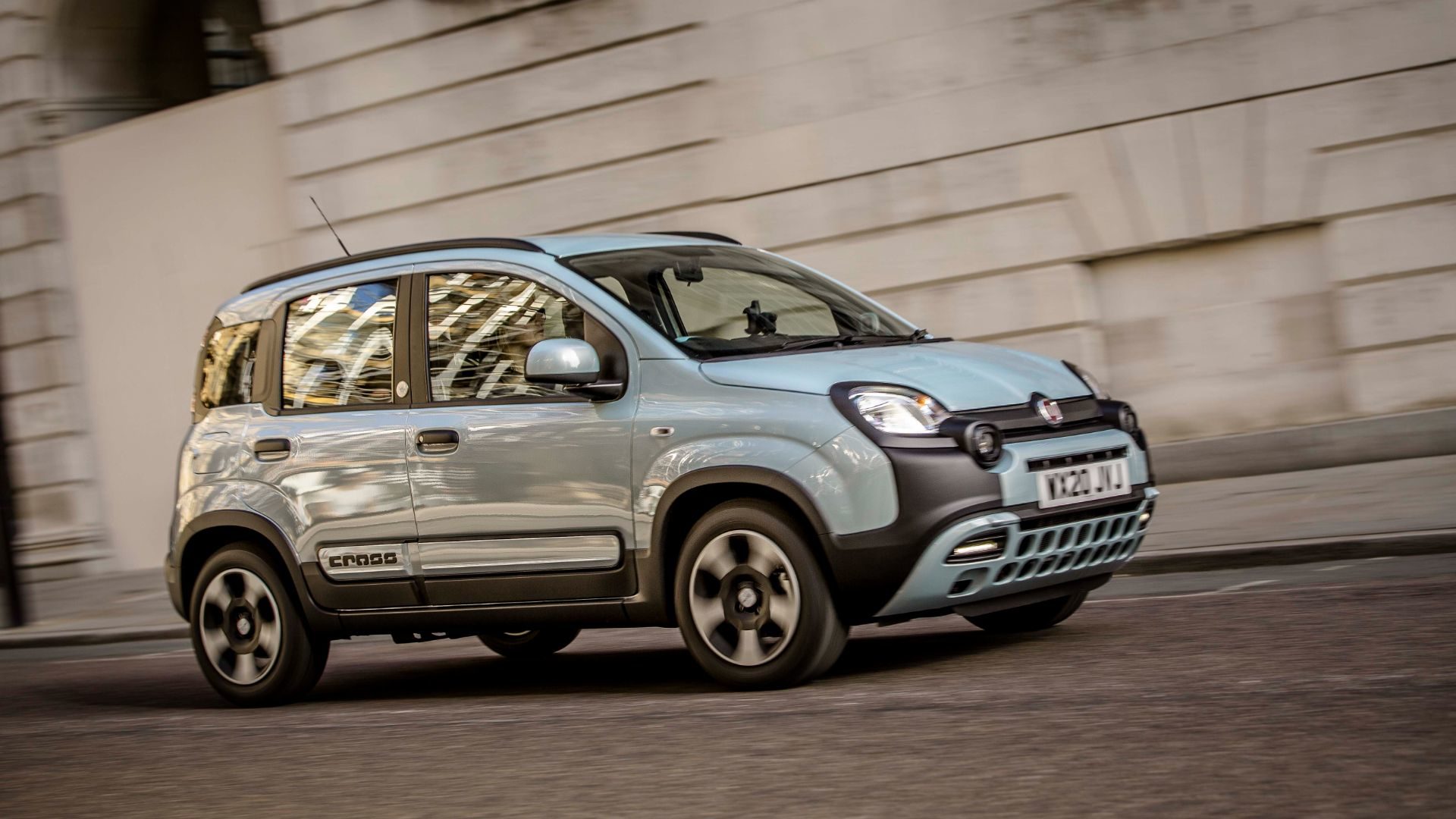
The Fiat Panda is old and far from perfect, but there’s something inherently appealing about this practical, no-nonsense city car. Launched in 2012, the Panda suffered the ignominy of receiving a zero-star Euro NCAP safety rating, but a revamped range ensures the little Fiat soldiers on into 2024.
A 70hp 1.0-litre mild-hybrid engine is the default choice, while there’s also an 69hp LPG version if you live near a suitable fuel station. Sadly, the capable Panda 4×4 has now been discontinued, although the Cross version does at least look the part. The Panda Garmin special edition also cuts a dash, and comes with its own fitness smartwatch.
We said: ‘Back in 2012, it impressed with boxy styling, a charming interior, keen pricing and fun-to-drive dynamics. A decade on, those hallmarks remain, but it’s becoming difficult to recommend, not least because it failed to score a single star in the Euro NCAP crash test.’
Hyundai i10
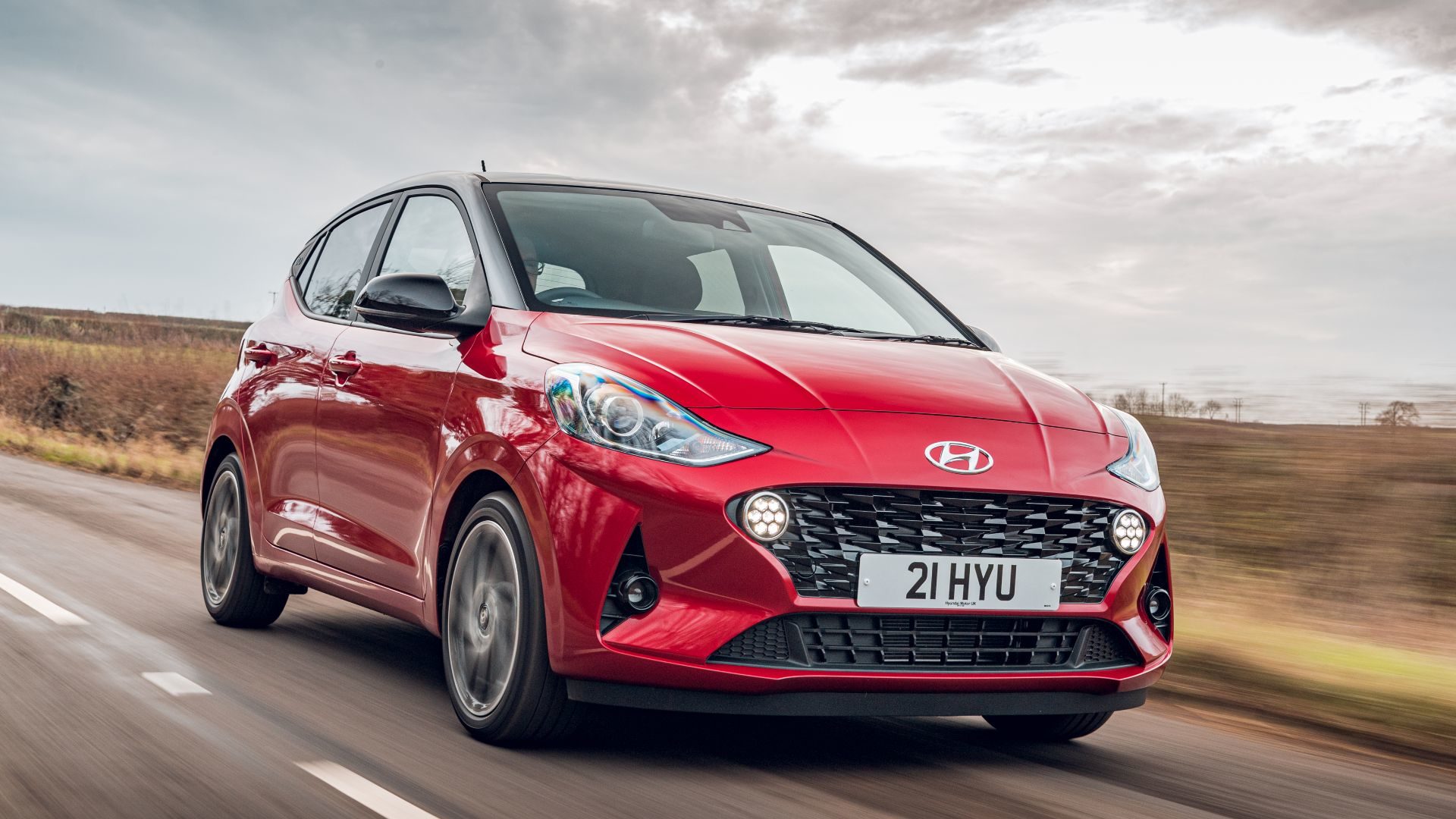
The Hyundai i10 is arguably the best city car you can buy in 2024. It comes with a five-year, unlimited mileage warranty, the practicality of five doors and a range of efficient petrol engines. The 1.0- and 1.2-litre engines are perfect for the city, with fuel economy of up to 56.5mpg if you drive carefully.
We’re also fans of the i10 N Line, which features styling influenced by the brilliant i20 N hot hatchback. Highlights include a distinctive grille, three-piece LED daytime running lights, 16-inch alloy wheels and N Line sports seats. It’s the only i10 to benefit from a turbocharged engine; the 1.0-litre T-GDi three-cylinder unit serves up a zesty 100hp.
Standard spec across the i10 range includes air conditioning, high-beam assist, cruise control, Bluetooth, a DAB digital radio, a USB port and a suite of driver assistance systems. The mid-range SE Connect adds 15-inch alloy wheels, a rear-view camera and an eight-inch touchscreen system with voice recognition, plus Apple CarPlay and Android Auto connectivity.
Kia Picanto
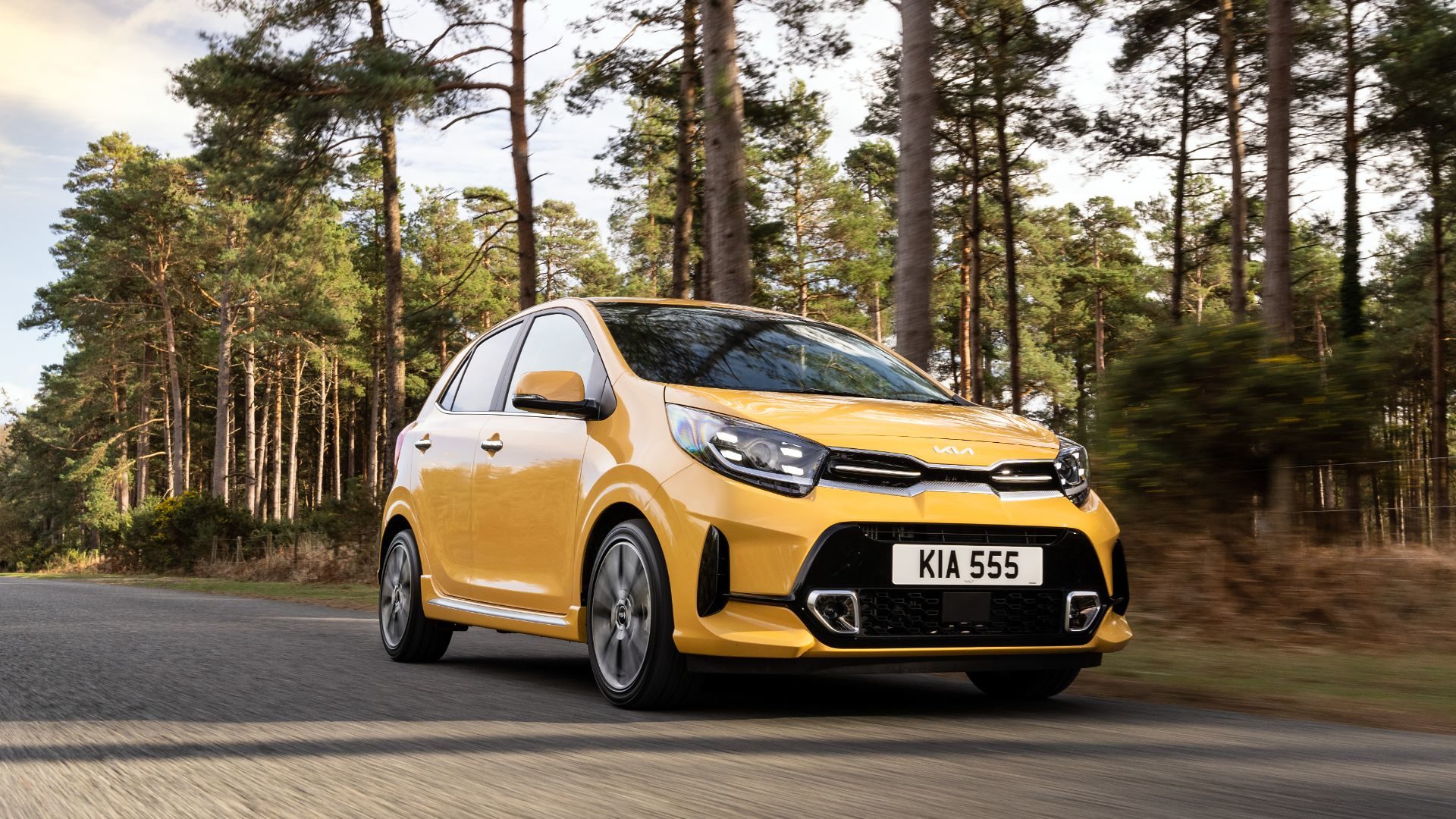
If any city car can rival the Hyundai i10 for excellent value for money, it’s the Kia Picanto. You get an even longer seven-year warranty, although the mileage limit is set at 100,000 miles. That said, few city cars will reach six figures within their first seven years.
The vast majority of Picantos are powered by a 67hp 1.0-litre petrol engine, which is perfectly adequate in an urban environment. Racier GT-Line models are available with a more powerful 100hp 1.0 turbocharged engine, giving the Picanto the feel of a junior hot hatch. There are four trim levels, although the mid-range ‘2’ and ‘3’ offer the best value for money.
We said: “This is Kia’s cheapest car and therefore the lowest point of entry for that seven-year warranty. The range kicks off with the appropriately named Picanto 1, but we’d upgrade to the ‘2’ for the benefit of air conditioning.
Suzuki Ignis
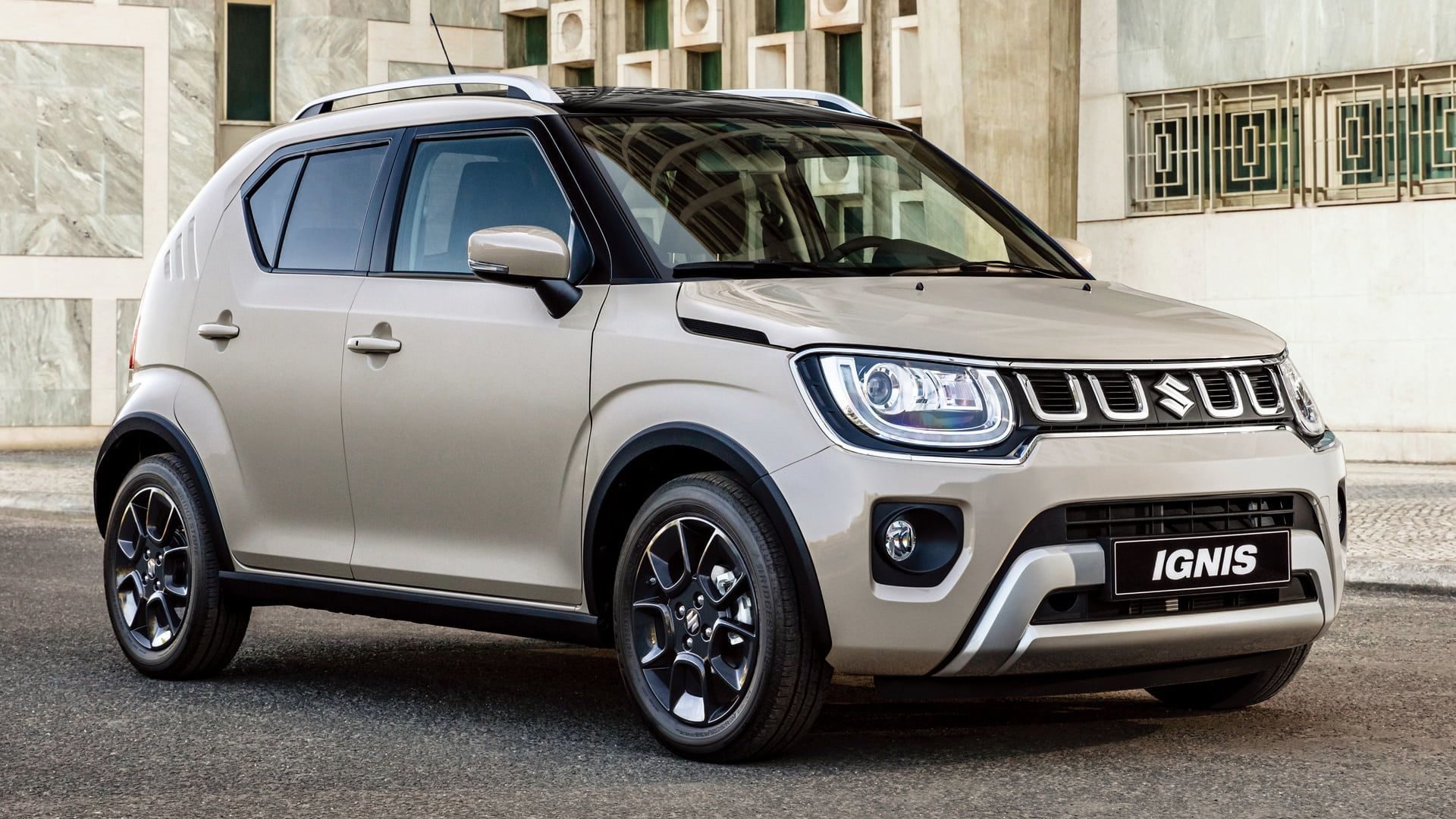
Although the Suzuki Ignis arrived in 2017, its chunky SUV styling still looks fresh. Powered by a 1.2-litre mild-hybrid engine, front-wheel-drive variants offer CO2 emissions of 112g/km and fuel economy of 56.9mpg. You can also upgrade to AllGrip four-wheel drive for improved all-weather traction.
It’s not the bargain it was in 2017, although a price of £16,249 for the entry-level SZ-T still represents good value for money. The Ignis only has four seats, but the way the rear seats can slide and fold independently improves the car’s flexibility. You also get 16-inch alloy wheels and smartphone connectivity via Apple CarPlay or Android Auto.
We said: ‘It’s the styling, interior detailing, personalisation options, range of colours and driving experience that will tug on your heartstrings. You might not like the look of the Ignis, and that’s your prerogative, but Suzuki must be applauded for blazing a different trail with the cheeky styling.
‘Boldly, Suzuki is going after Mini and Fiat 500 customers, as it seeks to introduce a younger audience to the brand. It deserves to succeed.’
Toyota Aygo X
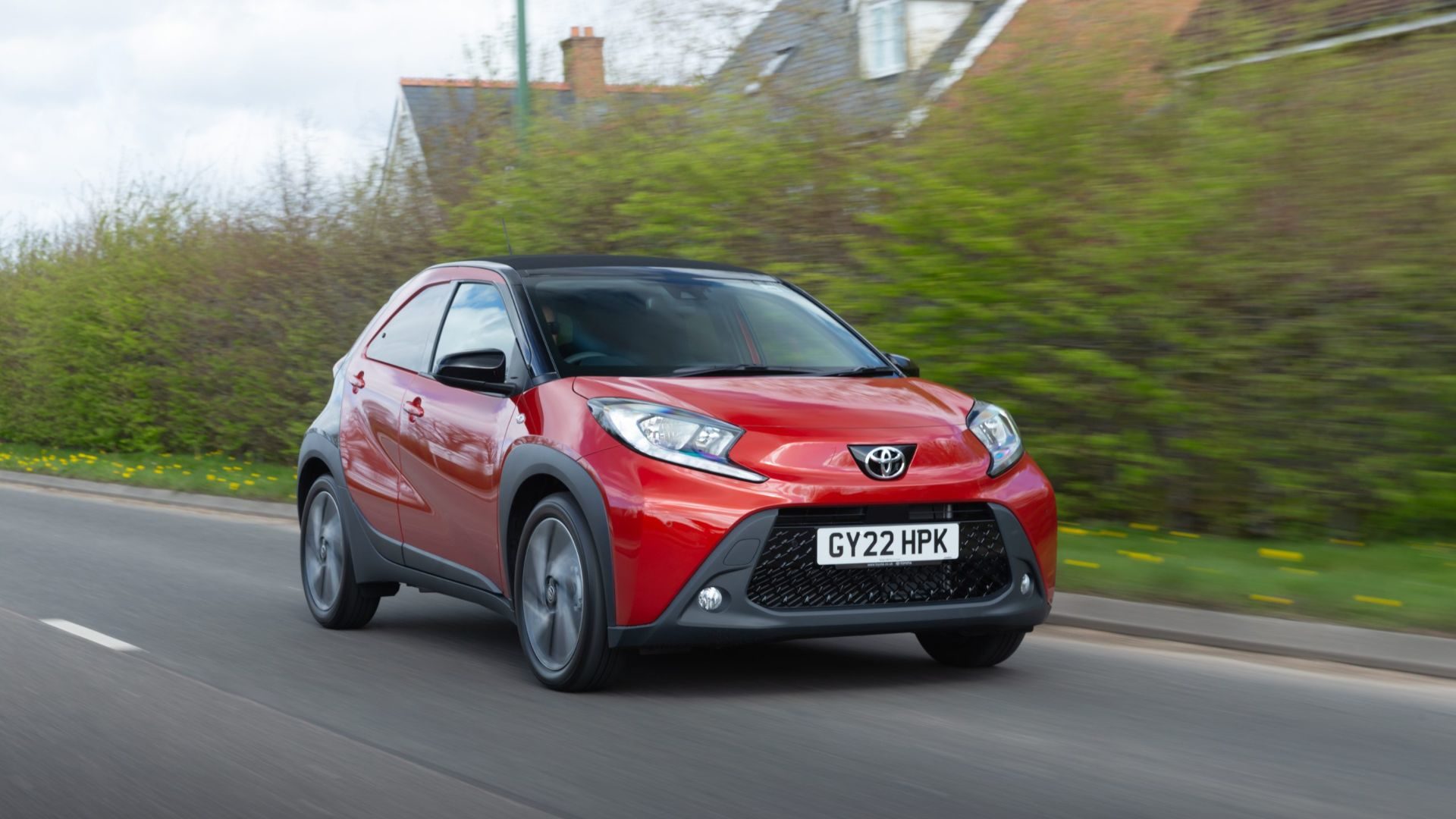
The outgoing Toyota Aygo city car had two near-identical siblings: the Citroen C1 and Peugeot 108. This time, Toyota has opted to go it alone. The Aygo X looks like a miniature SUV, with big wheels, beefy bumpers and raised ground clearance. However, it’s still impressively compact – and affordable, too. Prices start from £15,655.
All versions use a 72hp 1.0-litre three-cylinder petrol engine, which offers up to 58.9mpg. A CVT automatic gearbox is optional to help reduce the stress of city driving.
We said: ‘This car absorbs potholes rather than letting them assault you. It has a stable, cushioned feel that never gets aggressive. The ‘X’ in Aygo X is actually pronounced ‘cross’. Driving this car makes you anything but.
‘Crossover-spec suspension travel helps here, but this doesn’t mean lots of body-roll in corners. Far from it: this is a lithe and lightweight car that handles in a charming, friendly way. It’s chuckable around town (with a turning circle similar to a black cab) and feels stable and assured on more open roads.’
Volkswagen Up
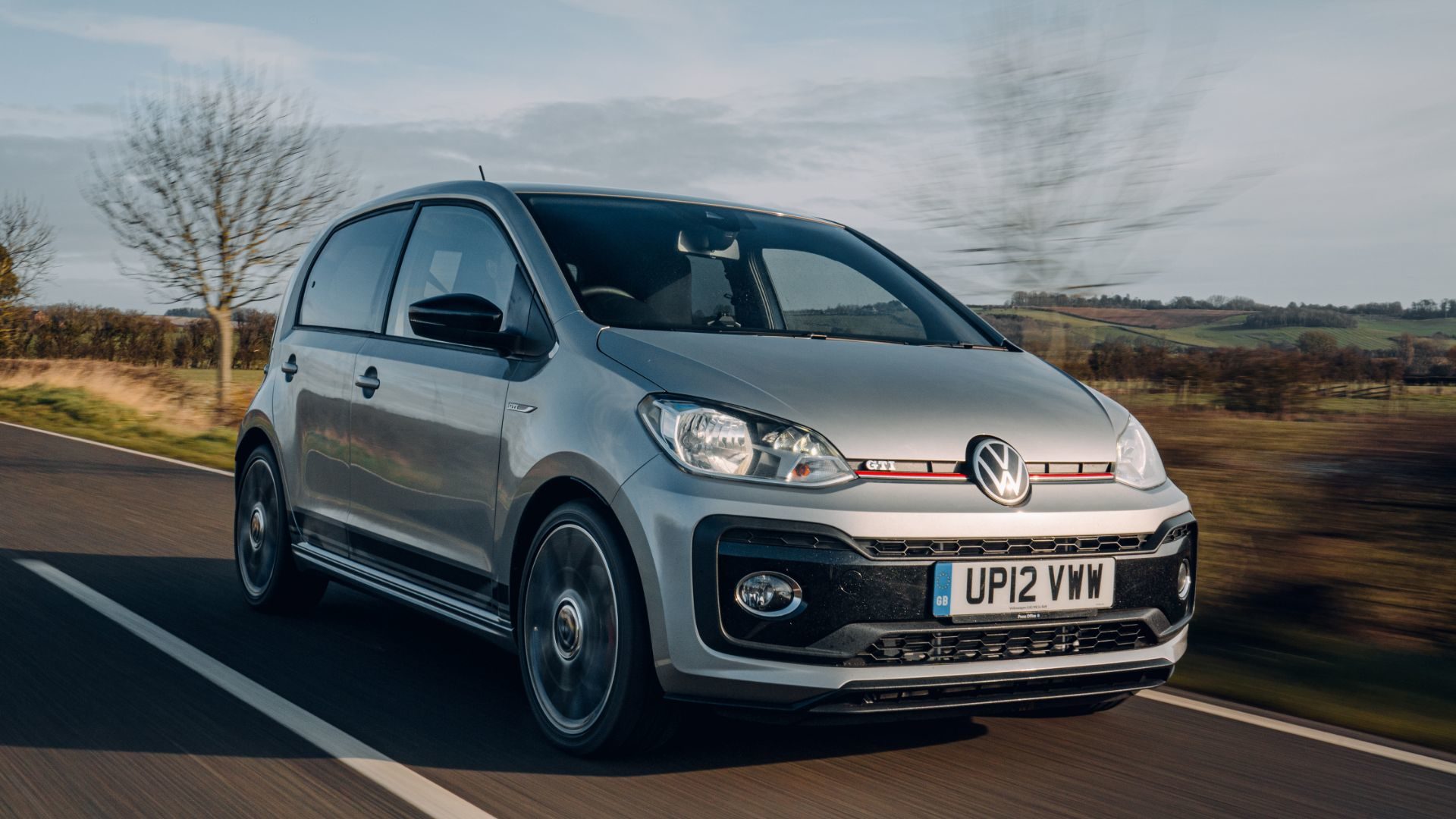
The Volkswagen Up could be all the city car you could ever need. It feels as at home in the city as it does on a long motorway journey, although the 65hp 1.0-litre petrol engine requires a little work to get the best from it. Three- and five-door variants are available.
You can also opt for the Up GTI (pictured here) which feels like a modern take on the original Golf GTI. Power comes from a 1.0-litre turbocharged engine producing 115hp, plus you get tartan seats and a full complement of go-faster stripes. The electric e-Up has recently been discontinued.
We said: ‘The platform-sharing Skoda Citigo and Seat Mii offer something similar, but neither boasts the image or strong resale values of the VW.
‘There’s enough room inside for four adults, while the 251-litre boot is OK for a car of this size. Access to the rear seats is tricky in the three-door, making the £410 premium for the five-door Up money well spent.’
READ MORE:
Best superminis to buy in 2024
I’ve just bought a new Picanto 1 for under £12k online (May ’23). Even then I think that’s a quite a lot for a 1.0 city car but everything else on this list is £thousands more…. even the Sandero which has just increased to £13,800 (from April ’23) for the base Essential spec in white. Once the Chinese city cars start hitting UK shores the EU manufacturers will be finished in this market. Other than, maybe just, the Picanto 1, the rest are overpriced. If this state of the market continues then this Picanto will likely be my last car as at that point a 350cc scooter or a modded e-bike will make much more financial sense to me.